Embracing a Purposeful Retirement Lifestyle: Ideas for Seniors & Families
Retirement is an exciting new chapter that offers a fresh opportunity to design a purposeful life after retirement. Whether you seek adventure, relaxation, or a mix of both, crafting the right retirement lifestyle is essential to long-term happiness and well-being.
At Westmont of Chico, we encourage staying socially active, maintaining healthy routines, and exploring new passions. But how to enjoy life after retirement varies for everyone. Here, we provide practical strategies tailored to help you embrace this phase with enthusiasm and fulfillment and answer questions about how to enjoy life after retirement.
Embrace Social Connections for a Fulfilling Retirement
While retirement grants you more freedom, maintaining strong social bonds is crucial for emotional and mental well-being. Engaging in family gatherings, community activities, and social groups strengthens your retirement lifestyle and reduces feelings of loneliness.
Research highlights that regular social interaction enhances life satisfaction and cognitive health. Attend local events, join clubs, or host family dinners—these interactions create a sense of belonging and joy. Additionally, fostering supportive relationships can significantly enhance your quality of life.
Establish a Daily Routine for a Purposeful Life After Retirement
Creating a daily routine provides structure, making retirement more productive and fulfilling. A well-organized schedule helps maintain energy levels, improves mental clarity, and enhances overall well-being.
Simple habits like waking up simultaneously, setting mealtimes, and incorporating leisure activities can make a significant difference. Including regular exercise, hobbies, and social engagements in your routine fosters a more purposeful life after retirement. Regular movement further contributes to improved physical and mental health, allowing you to enjoy life to the fullest.
Stay Physically Active to Enhance Your Retirement Lifestyle
A well-rounded alternative retirement lifestyle includes prioritizing physical activity to maintain independence and vitality. Regular exercise boosts physical strength and improves mood and cognitive function.
Exercise for a Healthier, More Enjoyable Retirement
Physical activity plays a vital role in ensuring a purposeful life after retirement. To stay active and mobile, incorporate strength training, cardiovascular workouts, and flexibility exercises into your routine. Balance-focused activities like yoga or tai chi help prevent falls and enhance stability.
Outdoor activities like hiking, biking, or gardening provide excellent ways to stay fit while connecting with nature. Participating in structured wellness programs ensures motivation and accountability. Engaging in activities like gardening fosters relaxation while encouraging social connections.
Join Local Fitness Classes for Social and Physical Benefits
Looking for an engaging way to stay active while making new friends? Fitness classes provide the perfect opportunity!
- Diverse Workouts – Whether it’s yoga, dance, or strength training, there’s a class to match your interest.
- Encouraging Atmosphere – Exercising with peers increases motivation and accountability.
- Stronger Social Bonds – Make meaningful friendships with others pursuing a healthy lifestyle.
- Professional Guidance – Instructors offer expert tips to help maximize workout benefits.

Prioritize Healthy Eating for a Thriving Retirement Lifestyle
Nutrition plays a pivotal role in maintaining energy and well-being throughout retirement. A well-balanced diet fuels your body, sharpens your mind, and prevents age-related illnesses.
To support long-term health, focus on whole foods—fruits, vegetables, lean proteins, and whole grains. Enjoying life after retirement starts with fueling your body the right way. Meal prepping makes it easier to maintain a nutritious diet, allowing more time for relaxation and meaningful activities. Good eating habits benefit you and your loved ones, promoting overall wellness in your retirement years.
Explore New Hobbies to Cultivate Joy and Passion
Exploring new hobbies and passions is one of the best ways to create exciting alternative retirement lifestyles. Different interests and retirement lifestyle ideas keep your mind engaged and foster creativity.
Consider these fulfilling hobby ideas:
- Gardening – Enjoy the therapeutic benefits of growing plants while beautifying your space.
- Painting or Drawing – Express emotions through art, a great way to unwind.
- Cooking or Baking – Experimenting with new recipes brings joy and connection with loved ones.
- Writing – Journaling or storytelling allows you to share experiences and reflections.
Embracing these activities ensures that your retirement lifestyle ideas remain engaging and fulfilling!
Volunteer and Give Back for a Meaningful Purpose
Retirement is the perfect time to engage in meaningful community service. Volunteering enhances alternative retirement lifestyles and fosters a sense of purpose and social connection.
Helping others—mentoring youth, assisting at food banks, or supporting healthcare initiatives—has boosted mental well-being and life satisfaction. Acts of kindness uplift both the giver and the receiver, making retirement an enriching experience.
Create an Alternative Retirement Lifestyle That Enriches Your Life
You can craft a purposeful life after retirement by prioritizing social connections, establishing routines, staying active, eating well, exploring new passions, and giving back. Embrace each day with joy and intention, ensuring your retirement is not just a phase of rest but a period of growth, adventure, and connection.
For more information, feel free to contact us at 530-767-3886.
How Do The Costs Of Moving Into A Quality Senior Care Community Compare With The Costs Of Staying At Home?Compare The Costs of Senior Living vs Staying at Home
Frequently Asked Questions
What is an ideal retirement lifestyle?
An ideal retirement lifestyle balances relaxation, social engagement, and meaningful activities. Many retirees pursue hobbies, travel, volunteer in their communities, or spend quality time with family and friends. Ultimately, an ideal lifestyle reflects personal interests, financial stability, and physical and emotional well-being.
What is the $ 1,000-a-month rule for retirement?
The $ 1,000-a-month rule suggests that you should aim to have around $240,000 in retirement savings for every $1,000 of monthly income you wish to generate, assuming a 5% annual withdrawal rate. For instance, if you want $3,000 monthly, you’d need roughly $720,000 saved. This guideline helps retirees estimate the savings required for financial security during retirement.
What does the average retiree do all day?
The average retiree engages in leisure activities, socializing, hobbies, and errands. Typical daily routines include exercising, reading, gardening, or participating in social groups and clubs. Many retirees also dedicate time to volunteering, traveling, and maintaining connections with friends and family.
What is the hardest part of retirement?
For many, the most challenging part of retirement is adjusting to a new routine and finding a sense of purpose without the structure and social interactions provided by employment. Some retirees face challenges related to loneliness, boredom, or financial uncertainty. Successfully navigating retirement often involves actively seeking meaningful activities and maintaining social connections.









